READY TO GET STARTED?
REQUEST A FREE ESTIMATE
Fill out the form below or call (888) 466-7849 for a free, no-obligation estimate.
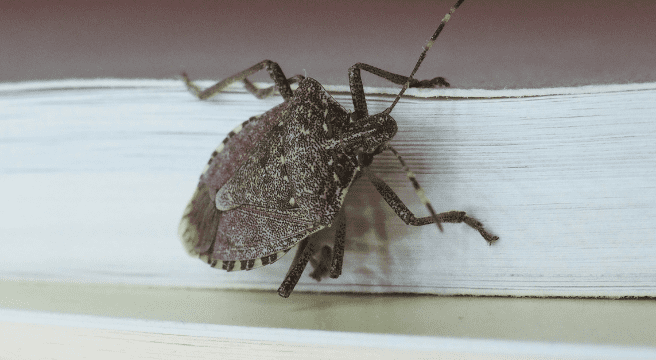
Have you ever seen those armor-shaped bugs on the walls in your home? If yes, then you have a stinkbug problem. These bugs are attracted to warmth and are in search of protected, overwintering sites where they can enter houses in large numbers. With the right preventative measures placed throughout your home, these pests can be put to a stop.
Stinkbugs are an invasive species that tend to release an odor when disturbed or crushed. These foreign pests are native to China, Japan, Korea, and Taiwan and were first identified in the States in the late 90’s. While these overwintering pests do not possess any real threat to humans, they can become a nuisance when an infestation occurs.
Stinkbugs are known to feed on a variety of host plants, including fruits (e.g., apples, peaches, figs, apricots, and persimmons), many ornamental plants, and weeds. While these pests don’t spread disease or cause structural damage, they are considered more of a nuisance to people if they make their way indoors. Stinkbugs prefer moist, mild climates and can be found in bathrooms and kitchens. Stinkbugs spend the spring and summer seasons outdoors then will seek shelter from the winter elements indoors.
During the winter months, stinkbugs go into a phase known as diapause, which is like hibernation, where the bugs go inactive during the chilly weather. When the stinkbugs find a spot to overwinter, they release a pheromone that attracts other stinkbugs to their location. While they typically stay dormant until spring, unusually warm spells during the winter can bring them out full force.
If you meet stinkbugs in your home, the best way to get rid of them is to vacuum them up and immediately dispose of the bag. When stinkbugs are threatened, disturbed, or squashed, they emit a smell that has been described as anything from cilantro to rotting almonds to spoiled fruit. The best way to prevent stinkbugs is to ensure that all cracks, crevices, gaps, or holes in your foundation are fixed. They can also enter through chimneys, air conditioning vents, or underneath house siding. Check these areas throughout your house to make sure there are no openings or gaps to help prevent them from entering.
If you suspect you have a problem with stinkbugs, contact a professional local pest control company who can help identify any entry points pests may be using and provide a treatment plan to eliminate them. They can also use a preventative spray in the late summer/early fall to help keep them out before the overwintering season sets in.

As temperatures start to cool off, panic can overtake pests who need to seek out shelter from the impending cold weather. They will often, unfortunately, set their sights on your warm, cozy home. Here are a few of the most common overwintering pests and what you can do to prevent them.
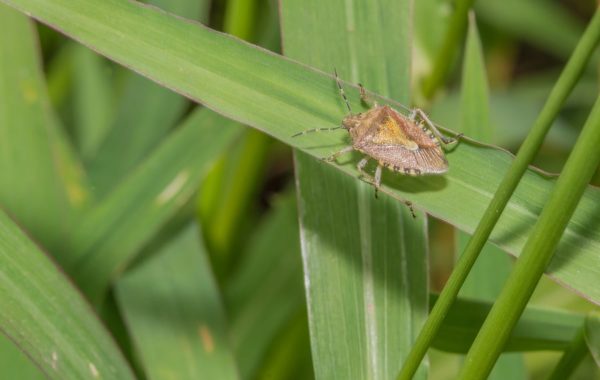
Stink bugs flock to homes in large numbers during the fall. They position themselves on the side of your home that receives the most sunlight in an attempt to keep warm. A thorough inspection for possible entry points is key in prevention of an invasion.
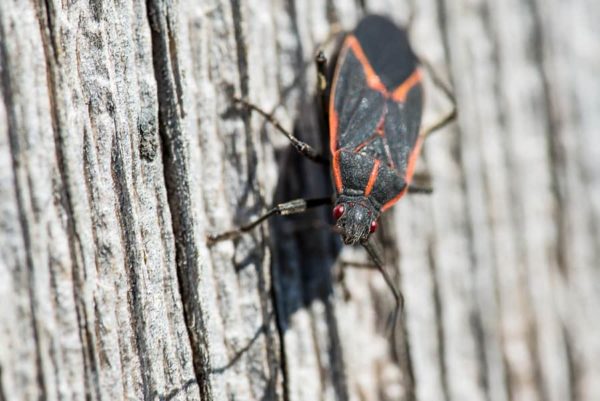
Boxelder bugs are one of the more aggressive species of overwintering pests. Like the stink bug, they will make use of the sunny side of your home and cars. They will utilize openings they find and gather by the hundreds. Crushing these pests is not recommended as their remains can attract carpet beetles. Vacuuming should be used to remove them from the home.
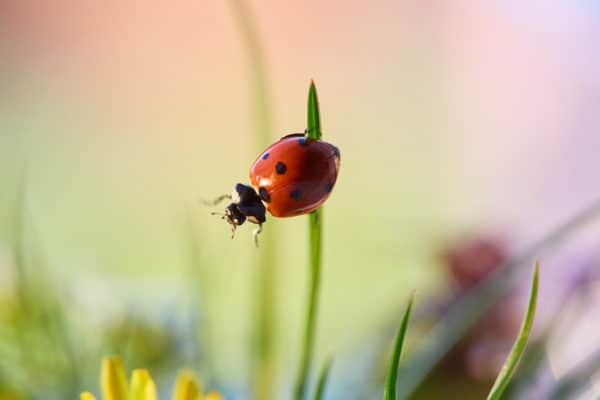
As universally adored as they are, lady bugs are an overwintering pest that can take over your home in a matter of days. They utilize windows and door openings to enter; therefore, checking and replacing weather-stripping and sealing with silicone-based caulk can help keep them out before fall starts.
If you have an issue with overwintering pests, reach out to your local pest control company to schedule an inspection.
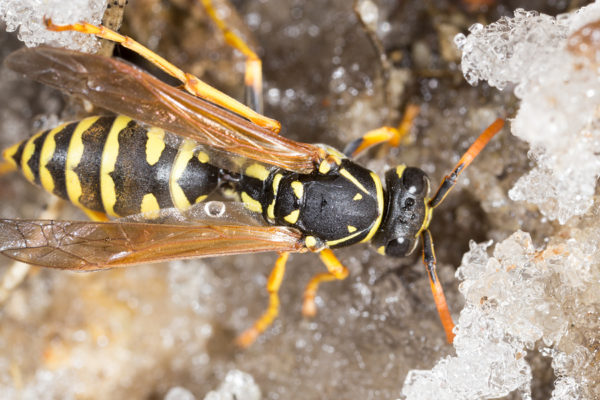
It’s the middle of December and you are cuddled up with your favorite book and a warm blanket. Unfortunately, this peaceful moment is interrupted by a buzzing sound followed by the sighting of a wasp! And while you might be thinking “This is odd! It’s winter!”, this occurrence is quite common.
As fall starts, paper wasps will start to die off. However, there are select females who will search for a safe place to overwinter. These safe places can be inside chimneys, behind the siding of your home, and around windows and door frames.
Since winter weather in the south is very unpredictable, bouncing from 20 degrees one week to 72 the next, that random warm weather can trigger the wasps to become active and search for exits to begin making nests; thus the cause of wasp sightings in the month of December. How can you prevent these wasps from overwintering?
If you spot a wasp in your home, don’t hit the panic button. In the winter months, wasps tend to move slower than normal and your licensed pest control professional can remove the nests with ease.
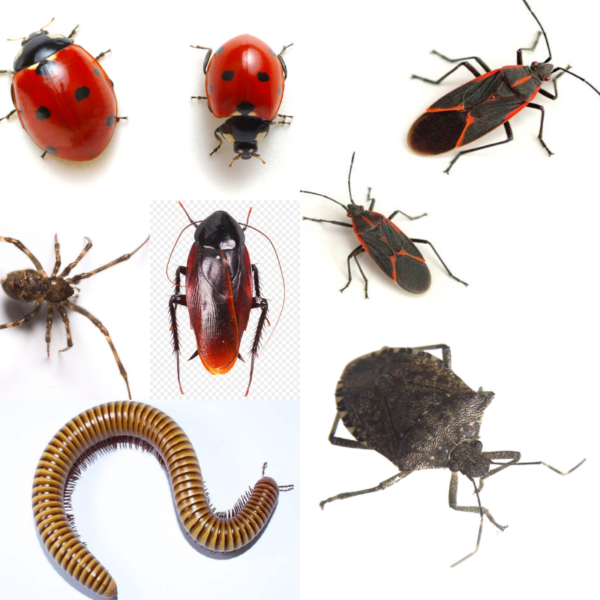
Ladybugs are said to be a sign of good luck, but when you start to find them crawling all over the inside of your home, you don’t feel as lucky.
Ladybugs, or Asian Lady Beetles, are just one of the pests that will try to use your home for overwintering. Overwintering is the process of insects passing the winter season, and your home poses as the ideal habitat for this practice.
Temperatures drop, and pests such as house spiders, boxelder bugs, ladybugs, millipedes, stink bugs, and even smokybrown roaches, will make their way in your home to hide during the cold weather. Come spring, these pests will emerge in and around your home in MASSIVE numbers.
The best preventive measures to stop overwintering pests, luckily enough, are DIY!
If you feel you have an issue with any of these overwintering pests, call you licensed pest professional to schedule an inspection right away.

Fall is the perfect time of year to prepare your home for winter. While prepping your yard and storing away your summer things are usually at the top of the list, don’t forget to protect your home from pests this winter also! Fall is prime time for pests to make their way into your house in search of food, shelter, and warmth over the cold winter months.
Rodents will make their way indoors in search of a warm place to shelter for winter. Flies will often be found on the south and west facing walls of your home in search heat. Many stinging insects like yellow jackets, bees, and wasps will become more hostile in the fall as their food supply dwindles. Cockroaches are attracted by the moisture found in and under your home. Other pests like ants, stinkbugs, ladybugs, and box elders will come inside looking for a place to overwinter.
Now that you know what kinds of pests to expect this fall, what can you do to protect your home from these often unseen invaders? Check out these 6 tips to prevent pests this fall.